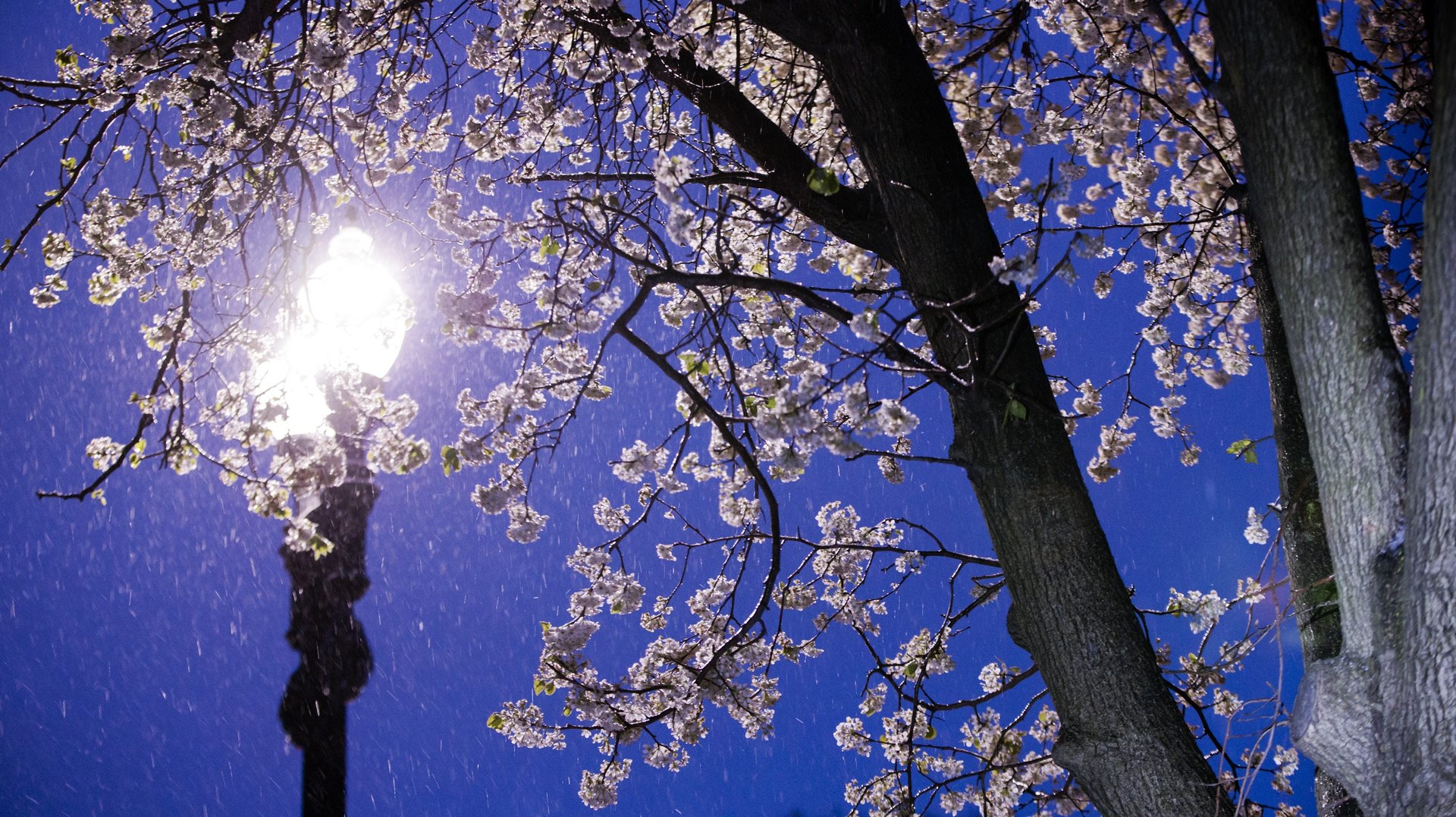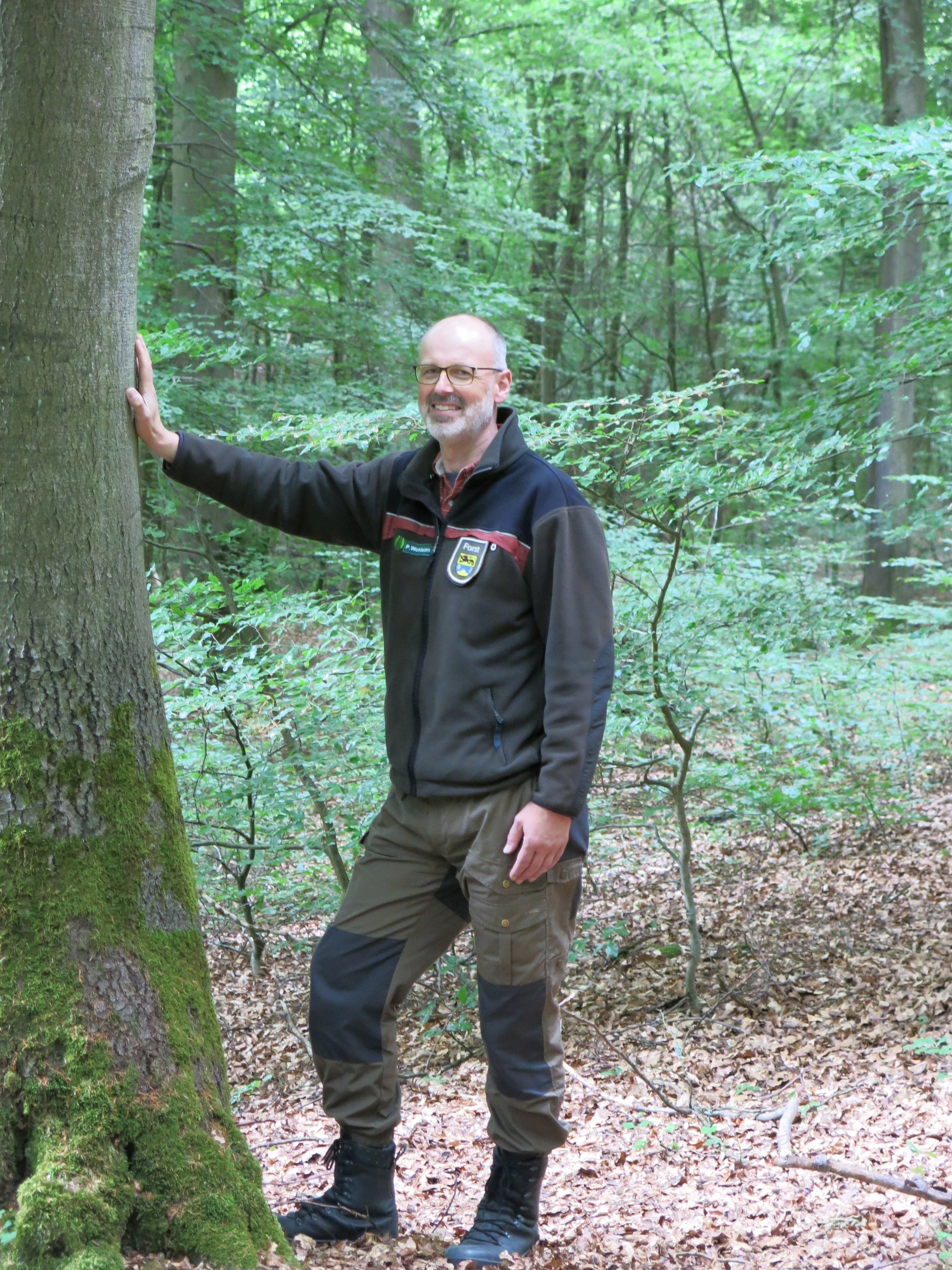Urban trees are stressed out because they can’t get enough sleep
I got lucky with my first real apartment in New York. It was on a quiet street on the Upper West Side, and its windows faced a tall, stately London planetree. At night, I would watch the shadows of its branches on my tiny studio’s ceiling, sometimes trembling, sometimes swaying or blowing about violently. Whatever the weather, the tree was a reliable presence.


I got lucky with my first real apartment in New York. It was on a quiet street on the Upper West Side, and its windows faced a tall, stately London planetree. At night, I would watch the shadows of its branches on my tiny studio’s ceiling, sometimes trembling, sometimes swaying or blowing about violently. Whatever the weather, the tree was a reliable presence.
Little did I realize that my tree was probably not enjoying our nightly ritual. It would have been happier without the evening show, facilitated by a nearby street light whose long arm reached into the tree’s canopy. Cities around the world illuminate their avenues and greenery this way for reasons of safety and aesthetics, but the German forester Peter Wohlleben, author of the best-selling book The Hidden Life of Trees, says that that’s a mistake. In fact, he argues, the practice is cruel.
Wohlleben told a crowd at the Hay Festival of Literature in Wales last month, as the Times of London reported, “Trees that live near street lights will die earlier.” City street lights should be switched off at 1am, he suggests, rather than burning all night.
Wohlleben cites research indicating that “Sleep deprivation affects trees and people in much the same way: it is life threatening.” Scientists in Finland have demonstrated that trees have circadian rhythms, and that they do in fact “sleep” at night, in the sense that their leaves droop and then perk up again at daybreak. A study done at the University of Exeter also showed that artificial light causes trees to bud one week earlier in spring.

Under a constant light source, trees and plants do not function as effectively; they may not know when to photosynthesize and what season it is as effectively as they would if they lived with periods of natural darkness. That’s what makes it impossible to grow young oak trees in containers in our living rooms, Wohlleben says. What’s more, the bright lights affect the birds and insects that would normally live in a tree, which disturbs the tree’s biome, or ecosystem.
Several experts have lately taken a personal approach to describing trees and forests for lay people—including Hope Jahren, author of Lab Girl, and Thomas Pakenham, who wrote The Company of Trees. In Wohlleben’s book, trees don’t only speak, they also mate and care for their offspring. He is probably best known for the notion that trees live within social networks, and communicate with each other through underground electric signals and airborne chemicals. For instance, African acacia trees release ethylene gas when giraffes begin to nibble on them. They’re warning their neighbors within 50 yards: It’s too late for me, but you should start protecting yourself by producing a chemical that’s distasteful to giraffes.
While countless other writers have looked to trees for analogies about the strength of the human spirit, Wohlleben seeks analogies for trees in human vulnerability. To him, urban trees are like “street kids,” cut off from their support networks—their cousins, aunts, and uncles—and forced to deal with the trials of city life alone.
Alan Clark, a tree care inspector for New York City’s Central Park, agrees with this assessment. Light pollution is most dangerous to trees, he said, when it’s bright and constant enough (say outside a landmark) that the glare scares off would-be tree inhabitants, “like insects or birds that clear out cavities and keep fungus from forming,” he says.
But light pollution is near the bottom of the long list of concerns that he faces daily, he tells Quartz. The biggest foe of the trees he tends is soil compaction: When people walk on the dirt around the roots of a tree, they change its structure by crushing critical air and water pockets, thus robbing the tree of nutrients. City trees also often lack the space for their roots to spread out, which makes them top-heavy and more prone to falling over in storms. And of course, Wohlleben writes in The Hidden Life of Trees, they have to put up with “unsolicited fertilizer” from dogs whose urine burns tree bark and can damage a tree’s roots.
Clark appreciates that Wohlleben, whom he admires, is exposing the depth and hidden intricacies of tree ecology. “Trees are crucial to our happiness,” says Clark. “The more people are aware of and at least thinking about the role they play in a young tree’s life, the better.”